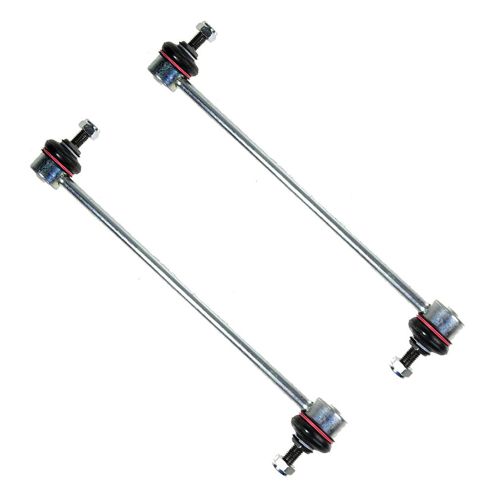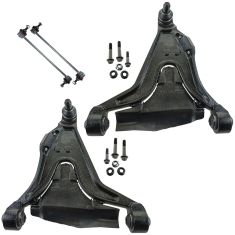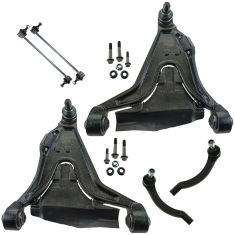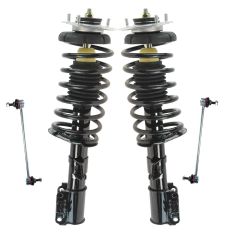1ASFK00217-Volvo 850 C70 S70 V70 Front Driver & Passenger Side 2 Piece Sway Bar Link Set TRQ PSA55611

Replaces
1998 Volvo S70 Front Driver & Passenger Side 2 Piece Sway Bar Link Set TRQ PSA55611

Product Reviews
Loading reviews
4.67/ 5.0
3
3 reviews
perfect fit seem durable
October 26, 2017
perfect match and fit. seem more durable than what I had. Delivery was on time and the price was good. I would pay as much for 1 at the local parts store as I did for two.
200k on the clock and 18years old
January 24, 2019
2000 S70 N/A
tough and helped stiffen up the front end my oem passager was on its way out all torn, price for this as a pair is about the cost of one from the local part store!
good
January 2, 2024
was exactly what he needed toc fix the car was good quality.
Customer Q&A
No questions have been asked about this item.
Volvo is a registered trademark of Volvo Trademark Holding AB. 1A Auto is not affiliated with or sponsored by Volvo or Volvo Trademark Holding AB.
See all trademarks.











